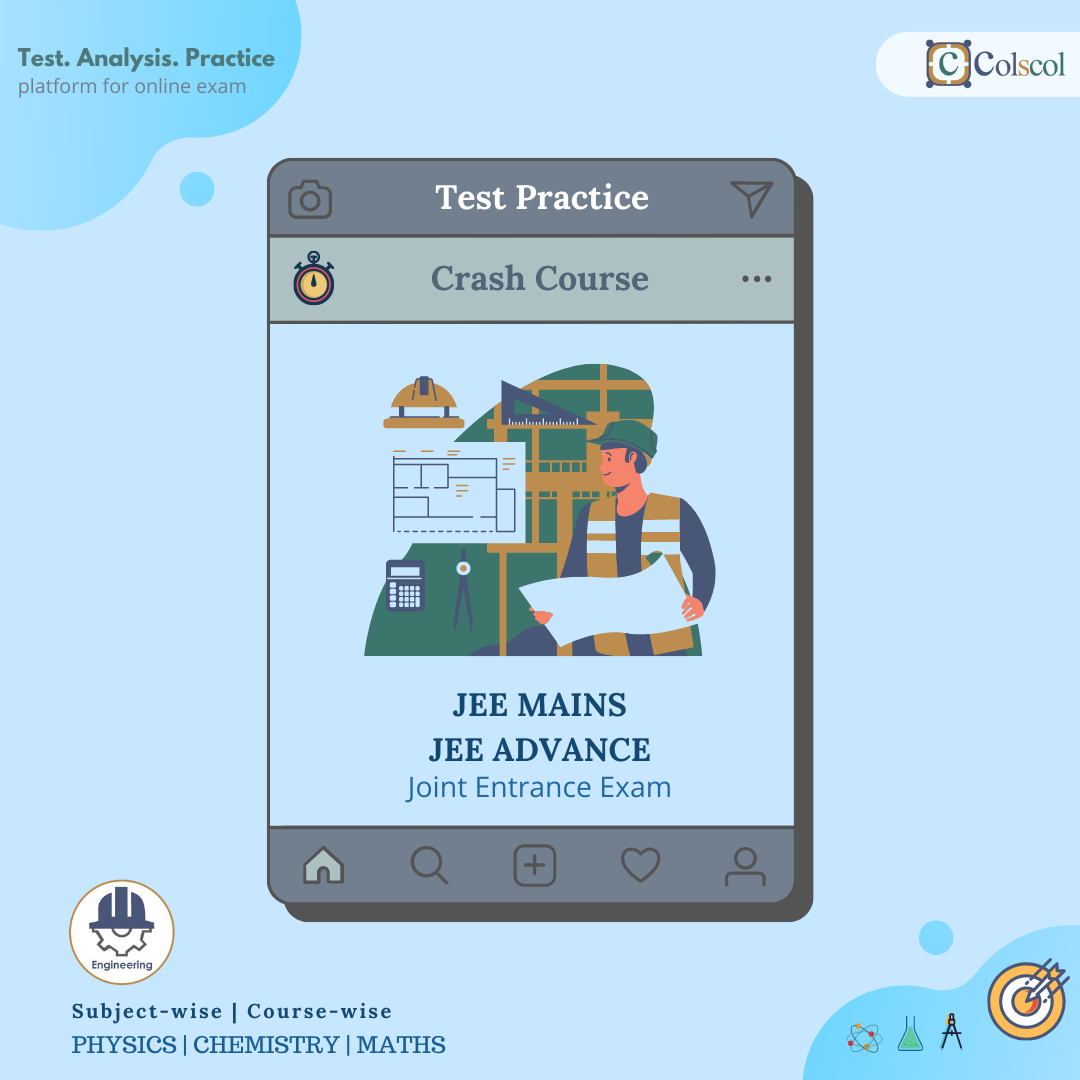Student having trouble finding solutions to difficult math problem can refer to the CBSE Class 6 Maths Syllabus and NCERT maths solutions pdf’s which we also provide. Students just need to cover these NCERT books and solve the questions and exercises given in each chapter. Students can be assured of positive results. CBSE Class 6 Maths Syllabus and NCERT textbooks can be very helpful for students in achieving maximum marks in their examinations.
Some of the topics Covered include :
TOPICS
- Knowing Our Numbers
- Whole Numbers
- Playing With Numbers
- Basic Geometrical Ideas
- Understanding Elementary Shapes
- Integers
- Fractions
- Decimals
- Data Handling
- Mensuration
- Algebra
- Ratio and Proportion
- Symmetry
- Practical Geometry
1.A. Comparing Numbers
1.B. Large Numbers in Practice
1.C. Using Brackets
1.D. Roman Numerals
2.B. The Number Line
2.C. Properties Of Whole Numbers
2.D. Patterns in Whole Numbers
3.B. Prime and Composite Numbers
3.C. Test For Divisibility Of Numbers
3.D. Common Factors and Common Multiples
3.E. Some More Divisibility Rules
3.F. Prime Factorisation
3.G. Highest Common Factor
3.H. Lowest Common Multiple
3.I. Some Problems on HCF and LCM/span>
4.B. A Line Segment
4.C. A line
4.D. Intersecting Lines
4.E. Parallel Lines
4.F. Ray
4.G. Curves
4.H. Polygons
4.I. Angles
4.J. Triangles
4.K. Quadrilaterals
4.L. Circles
5.B. Angles-’Right’ and ‘Straight’
5.C. Angles- ‘Acute’, ‘Obtuse’ and ‘Reflex’
5.D. Measuring Angles
5.E. Perpendicular Lines
5.F. Classification of Triangles
5.G. Quadrilaterals
5.H. Polygons
5.I. Three Dimensional Shapes
6.B. Addition of Integers
6.C. Subtraction of Integers with the help of a Number Line
7.B. Fraction on the Number Line
7.C. Proper Fractions
7.D. Improper and Mixed Fractions
7.E. Equivalent Fractions
7.F. Simplest Form of a Fraction
7.G. Like Fractions
7.H. Comparing Fractions
7.I. Addition and Subtraction of Fractions
8.B. Hundredths
8.C. Comparing Decimals
8.D. Using Decimals
8.E. Addition of Numbers with Decimals
8.F. Subtraction of Decimals
9.B. Organisation of Data
9.C. Pictograph
9.D. Interpretation of a Pictograph
9.E. Drawing a Pictograph
9.F. A Bar Graph
10.B. Area
11.B. The Idea Of A Variable
11.C. More Matchstick Patterns
11.D. More Examples of Variables
11.E. Use Of Variables in Common Rules
11.F. Expressions with Variables
11.G. Using Expressions Practically
11.H. What is an Equation?
11.I. Solution of an Equation
12.B. Proportion
12.C. Unitary Method
13.B. Figures With Two Lines of Symmetry
13.C. Figures with Multiple Lines of Symmetry
13.D. Reflection and Symmetry
14.B. A Line Segment
14.C. Perpendiculars
14.D. Angles




